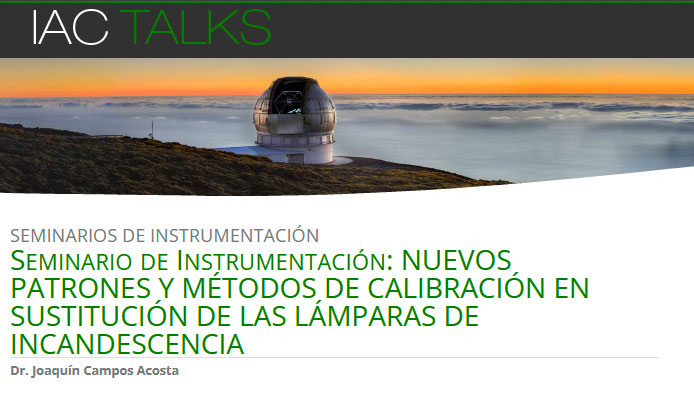CIPM key comparison CCPR-K1.a.2017 for spectral irradiance 250 nm to 2500 nm. Final report
-
Spectral irradiance is the magnitude used to describe the radiant power received per unit area.
-
The IO-CSIC acts as the Spanish reference laboratory for these standards.
Madrid / October 20, 2023
In each country there is an organization in charge of acting as a reference for each magnitude, and the comparison of these national centers with each other is one of the pillars so that the measurement results are consistent regardless of the country in which they were carried out, reducing thus the potential technical barriers to trade and scientific research.
Latest news
This article has published a report describing the results of an international comparison of measured spectral irradiance.
The comparison has evaluated and established the equivalence of the measurement standards used by national metrology institutes (NMI) around the world.
The study focused on the measurement of spectral irradiance, that is, the distribution of radiant power received on a surface as a function of wavelength, in a range spanning from 250 nm to 2500 nm. For this, tungsten lamps with halogen in a quartz bulb were used as light sources. Twelve National Metrology Institutes participated in the comparison, using their own sets of lamps.

The results revealed a significant improvement in the measurements presented by the participants compared to the previous comparison. This demonstrates technological advances and the commitment of the scientific community to the continuous improvement of optical metrology.
In addition, high coherence was achieved at most of the measured wavelengths, indicating the precision and reliability of the standards used. However, some challenges were identified in the infrared range, where consistency checks were not met at some wavelengths.
Overall, this study demonstrates the advances and achievements in optical metrology, an essential discipline for a wide range of scientific and technological applications. Improved measurement standards and key comparisons help ensure confidence and accuracy in measuring electromagnetic radiation across countries.
The following organizations and research centers have participated in this study:
All-Russian Research Institute for Optical and Physical Measurement (VNIIOFI
Korea Research Institute of Standards and Science (KRISS)
Laboratoire Commun de Métrologie LNE-CNAM (France)
National Institute of Metrology (NIM) (China)
National Institute of Standards and Technology (NIST) (USA)
National Metrology Centre, ASTAR (Singapore)
National Measurement Institute of Australia (NMIA)
National Metrology Institute of Japan AIST (NMIJ)
National Physical Laboratory (NPL) (United Kingdom)
National Research Council Canada (NRC)
Physikalisch-Technische Bundesanstalt (PTB) (Germany)
IO-CSIC Communication
cultura.io@io.cfmac.csic.es
Related news
The Institute of Optics has participated in the BxDiff project within the EMPIR program that has developed a traceable measurement system of the total appearance of surfaces with complex visual effects.
Madrid / February 27, 2023Today, research is being done in the field of metrology to develop a system for measuring the appearance of a surface,...
General V(λ) mismatch index: History, current state and new ideas
Madrid / July 5, 2023A European research team has presented a comprehensive review of the general V(λ) mismatch index and proposes new concepts for...
Online seminar by Joaquín Campos on Friday the 23rd entitled “New patterns and calibration methods to replace incandescent lamps”
Madrid / June 21, 2023Our colleague Joaquín Campos is going to offer an online conference entitled "New calibration standards to replace...




